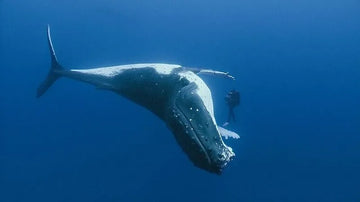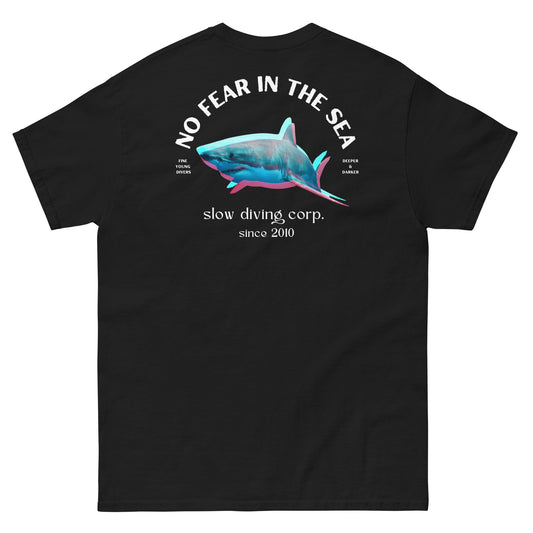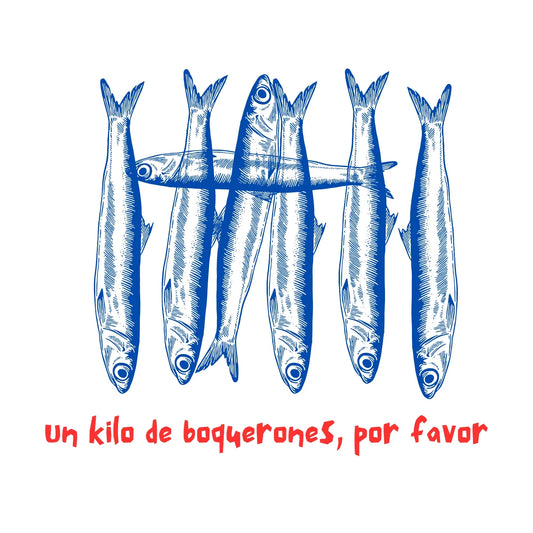The humpback whale (Megaptera novaeangliae) belongs to the rorqual family, a family that also includes the blue whale, fin whale, Bryde's whale, sei whale and minke whale. This family is characterized by dorsal fins and ventral folds that run from the tip of the lower jaw to the belly. The shape and color pattern on the humpback whale's dorsal fin and tail are as different in each animal as our fingerprints.
The discovery of this fact changed the course of cetacean research forever and the new form of research known as "photo-identification". This allows individuals to be identified, catalogued and monitored, providing valuable information about the population size, migration, sexual maturity and behavioral patterns of the humpback whale.

The head of humpback whales is broad and rounded, with 20 to 50 ventral grooves extending from the jaw to beyond the navel. The top of the head and the lower jaw are rounded and have protrusions from which at least one hair grows from each. The purpose of these hairs is not known, although they may allow the whale to detect movement in nearby waters.
T-shirts for Whale Lovers
SEE MORE WHALE T-SHIRTS
Humpback whales have a black body color in the dorsal area and mottled with black and white spots in the ventral area, a pattern that extends to the caudal fin. When the humpback whale is about to make a long or deep dive, it throws its fins upwards, exposing the underside with its characteristic black and white pattern. The fins range from white to different shades of black in the dorsal area but are usually white in the ventral area. Its caudal fin, 5.5 meters wide, has a characteristic serrated edge.
I had forgotten, we also have whale posters!
Adult males measure between 12 and 14 meters, being somewhat smaller than females. Their weight ranges from 25 to 40 tons.
More than 1 ton of feed per day
Humpback whales feed on krill, small shrimp-like crustaceans and various types of small fish such as herring and mackerel. Each whale devours about 1,500 kilograms of food per day, which it filters from the water it ingests thanks to its 400 overlapping plates or baleen plates that hang from each side of the upper jaw. These plates, like those of all baleen whales, are made of keratin. These bangs, black in color, measure up to 76 cm in length.
Show Your Love for Whales
SEE MORE WHALE SWEATSHIRTS
During feeding, humpback whales swallow large volumes of water that they can hold in their throat folds and, after expelling it, they catch krill and small fish to ingest.
The intelligence of humpback whales is evident in one of their hunting techniques. These whales are able to coordinate among several members by circling under schools of fish. By expelling air bubbles, they catch as many fish as possible and then feast on them.
Humpback whales reach sexual maturity at 6-10 years of age or when males reach a length of 11.6 meters. After calving, each female usually waits 2 to 3 years to have another calf, the gestation period being 12 months.
A humpback whale calf measures between 3 and 4.5 meters in length at birth and weighs almost a ton. As mammals, they feed their calves with mother's milk until they are one year old. Their milk is very rich in fat, up to 60% of that milk is fat.
These whales are very active and acrobatic, capable of completely lifting their bodies out of the water or swimming on their backs with both fins in the air. It is also common to see them blowing hard into the water with their flukes. It is possible that these behaviors are important in the communication between different humpback whales.
Enigmatic songs
One of the most interesting behaviors of humpback whales is their "songs". Scientists have discovered that humpback whales reproduce long and complex songs that differ among the different populations distributed throughout the oceans. These songs last between 10 and 20 minutes and are repeated continuously for hours. Although females also produce sounds, these melodies are only performed by males and it is believed that it may be a part of mating behavior.
A curiosity of humpback whales is that they have parasites, known as "whale lice", that attach themselves all over their bodies, mainly on their flippers. It is also common to see humpback whales "carrying" barnacles that attach themselves to their bodies for life.
Humpback whales are found in all the world's oceans and usually follow a regular migratory route. They typically travel up to 25,000 km each year, spending the summer in temperate and polar waters to feed, and the winter in tropical waters to mate and calve.
Close to disappearance
Because of their feeding, mating, breeding grounds close to shore and slow swimming, humpback whales were an easy target for early whalers. The International Whaling Commission gave them protected status worldwide in 1966 and there were no major illegal killings until the 1970s. Then Soviet whalers began a ruthless hunt for these whales..They are believed to number around 80,000 at present, about just the 30-35% of the population before the rampant hunts. The only natural predators of humpback whales are killer whales, which chase and attack these whales for hours to feed on calves or weak specimens.

























